This is the second of a four-part series exploring the concept of the Metaverse. Authored by Loup Ventures analyst Pat Bocchicchio, Part 2 explains why you should care about the Metaverse and why it has the potential to be one of the most impactful technological developments of the next 50 years.
In the first part of the Metaverse Explained Series, we gave an overview of what the Metaverse is and painted a picture of what it could be like to experience for yourself. With a foundation established, we can dive deeper into how this virtual universe will operate and impact almost all aspects of life as we know it.
Why Virtual Reality Matters
This is common knowledge for most by now, but it’s important to reiterate – Virtual reality is a tool that allows infinite simulation. Take a second and think about what infinite simulation means. VR allows you to completely immerse yourself in another world unbound by the limits of reality. We’ll admit this concept often needs some convincing, but usually all it takes is one incredible experience in a quality VR headset. A moment of pure amazement happens so often in VR, and once more consumers get their hands on quality VR headsets and experiences, we are confident others will feel the same way we do.

Now that we have this tool that fundamentally changes how we experience the world, we need a platform to unleash its power for the world to enjoy together. That’s where the Metaverse comes in.
Why the Metaverse Matters
The Metaverse is a term coined in the 1992 sci-fi classic, Snow Crash, where author Neal Stephenson describes a virtual-reality-based successor to the internet. It’s a concept then popularized in Ready Player One, the 2011 novel and 2018 Steven Spielberg film describing a virtual universe where you can do anything, be anyone, or go anywhere no matter real life circumstances.

With the rise of the internet, computers, and smartphones, we now experience much of life in flat, boring, two-dimensional screens when life was meant to be experienced in three dimensions. The Metaverse represents the next phase of the digital revolution, from 2D to 3D, where we can now visualize and experience all of what the world wide web has to offer with a natural user interface.
An example we like to use is with online shopping. Thanks to the technology of the last few decades, we went from brick and mortar retail stores to browsing online store lists of products for convenience over experience. Thanks to tomorrow’s technology we will have both a convenient and enjoyable shopping experience. Think about going from shopping on Amazon.com to visiting the virtual Amazon Mall in the Metaverse. Walmart has already launched its own 3D shopping experience where users can step into a virtual apartment and buy anything they see in it.
This evolution of digital experience by combining the power of VR and the Metaverse will be just as, if not more, impactful to every aspect of businesses and life as the internet has been over the last few decades.
An Integral Part of Everyday Life
Can you imagine life now without your phone or the internet? There will come a time when a generation will never know a world without the Metaverse.
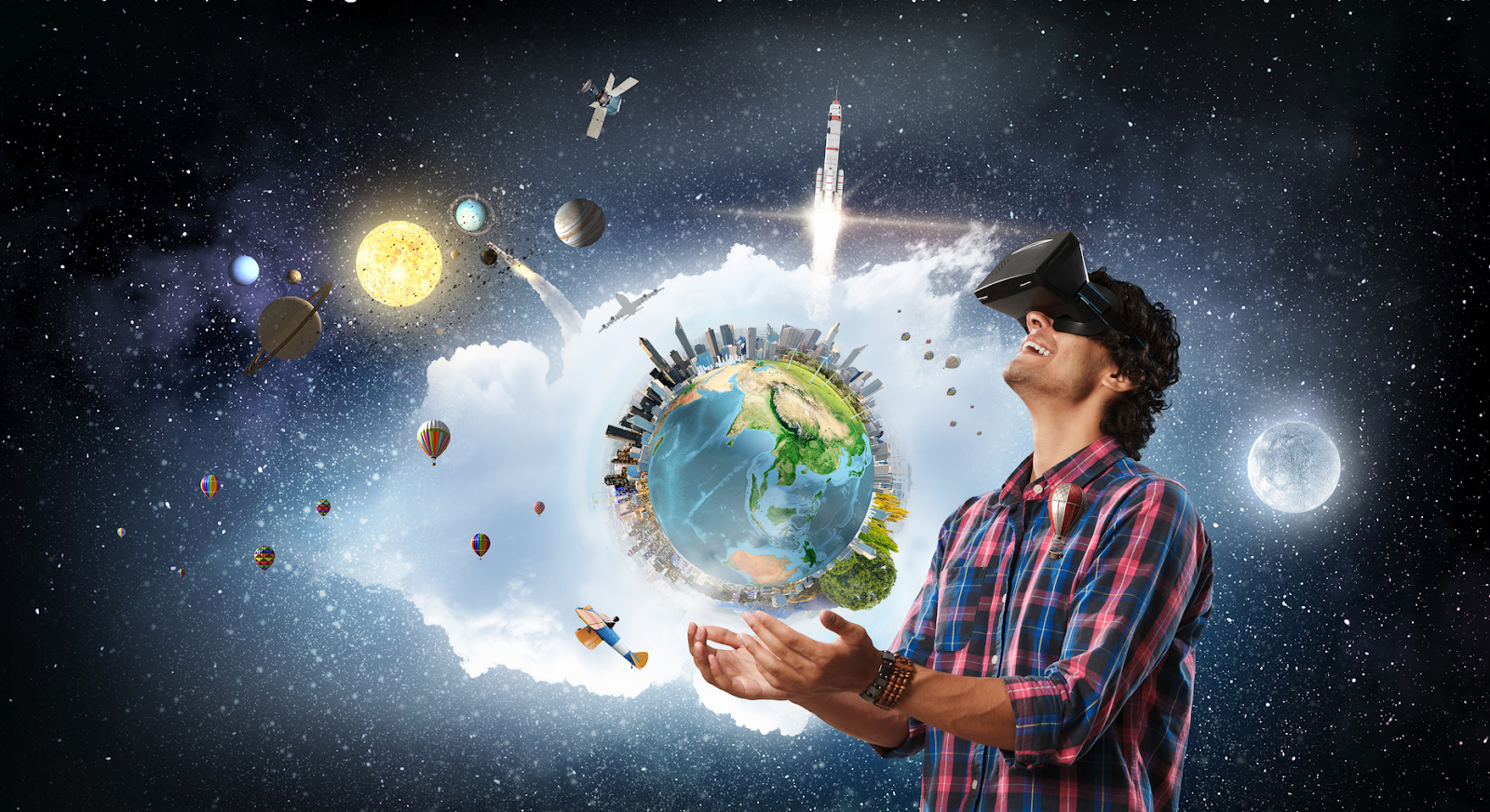
The Metaverse is more than a massive online multiplayer game or entertainment platform, it will become an integral part of life. For the first time in history, anybody with a virtual reality headset, no matter their real-life circumstances, will be able to experience the best of what life has to offer and much, much more in this virtual universe unbound by the laws of physics.
Someone who was dealt a bad hand in life can come home after work or school and be the person they have always dreamed of in the Metaverse. To quote Ready Player One, “people come to the Oasis (or Metaverse) for all the things they can do, but they stay for all the things they can be: tall, beautiful, scary, a different sex, a different species, live action, cartoon, it’s all your call.”

In addition to being anyone you want to be, you can do anything you want to do here as well – have office meetings, play billiards, learn something new, you name it. Think about how each of those three things is done today in our 2D world. Video calls, 8-ball pool on your phone, or watching YouTube videos of a demonstration. In the Metaverse, teams will sit around a virtual conference table, friends will play billiards with a pool stick and not just with a finger, and instead of just watching YouTube videos to learn how to change a tire or make lasagna, you will be able to practice hands-on with your friends or even strangers.
Meeting in the Metaverse
The Metaverse will inevitably be the social hub of the future. Friends will turn group chats into group meetups in the Metaverse. Families thousands of miles apart will convene in virtual homes identical to theirs in real life.
Despite a similar stigma associated with online dating, we believe in the power for virtual connections to translate to real friendships and relationships. We saw this first hand in Ready Player One when Parzival (Wade) and Art3mis (Samantha) met in the Oasis and then later in the real world.

Don’t be surprised if your grandkids tell you they met their significant other in the Metaverse.
The Future of Every Industry
We believe the Metaverse will be just as if not more transformative to businesses as the internet has been in the last 20 years. Wall Street analysts will be asking the CEO of Ford, Coke, Apple, and others what their Metaverse strategy is on earnings calls. Companies will have entire teams dedicated to thinking about ways to advertise, sell, or even build a product within the Metaverse. Entrepreneurs will have a new platform to build products and services that will change the world. Some studies forecast over 50% of today’s children will have jobs that don’t exist yet. These jobs very well could be in or related to the Metaverse. One example might be an architect designing the extraordinary buildings of the Metaverse who no longer has to take cost or the laws of physics into account for a structure.
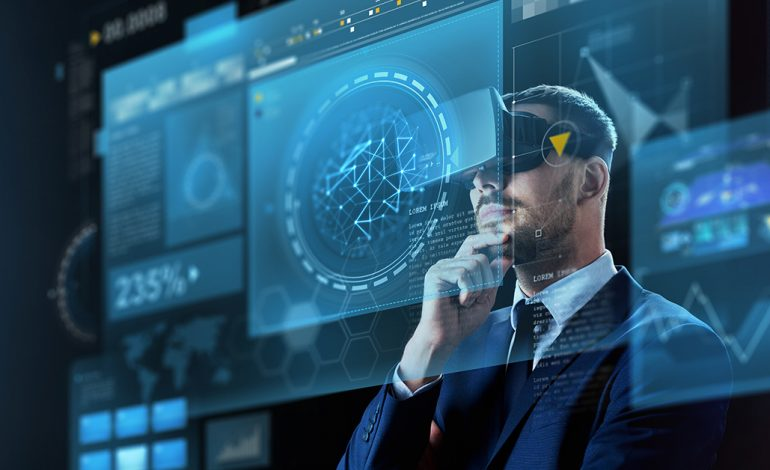
Today, every company needs a website and/or an online business strategy. At this point, it’s assumed that any new company will bring on a web designer and social media strategist. Tomorrow, every company will have a Metaverse “showroom” complimenting their website. The point is, the Metaverse will not solely promote experiences within the virtual world. It could be one of the most powerful marketing tools for real-world experiences as well.
Imagine you are the Chief Marketing Officer of Royal Caribbean trying to promote your newest 7 night Caribbean cruise line. Forget a website overflowing with photos, videos, and lists of amenities – the people of the Metaverse will sit in various virtual harbors and have a chance to explore the ships before booking their next real-world vacation.
Another example is the future of education. Online universities are growing rapidly in popularity, however, there is little debate that just watching lectures on a computer screen is not the optimal way to learn and be a part of a classroom discussion. Major universities are researching ways to implement VR into the online learning experience. In the Metaverse, there will be entire virtual campuses where students from around the world can learn, work, and socialize together in and outside the classroom.
Overall, the Metaverse itself could be one of the biggest market opportunities of the next few decades. More importantly, the Metaverse represents a tectonic shift in business strategies and will promote tremendous economic opportunity in a future world where AI and robotics could render many current jobs extinct.
In Part 3 of the Metaverse Explained Series, we will dive further into specifics regarding Metaverse economics and the role it will play in the future economy.
Who Will Own the Metaverse?
An interesting question that remains to be answered is who will become the real-life James Halliday, creator of Gregarious Games which built the Oasis. The Oasis, the fictional version of the Metaverse from Ready Player One, was worth well over $1,000,000,000,000 and could be worth more in reality.
It’s hard to say who will “own” the Metaverse, if anyone. Most companies will inevitably build their own worlds, experiences, shops, etc. Will it be similar to the internet as a decentralized network full of different websites/worlds or will there be a “ruler” of the overarching universe? Our best guess is when the Metaverse becomes as impactful as we expect it to be, governments will not allow this form of monopoly unless the creators can develop a governance structure that society is happy with.
In the final part of this series, we will take a closer look into many of the challenges that will come with this grand vision of a virtual universe.
How Will We Enter This Virtual World?
You might be thinking, how will the Metaverse be possible to experience in the way it is described. The answer lies in 3 key stages.
We are currently in stage one with modern day VR tech that allows for a relatively immersive experience in a virtual space with just a head-mounted display and two hand controllers. VR today only influences sight, hearing, and a limited form of touch. We view this as only 50% towards full immersion.
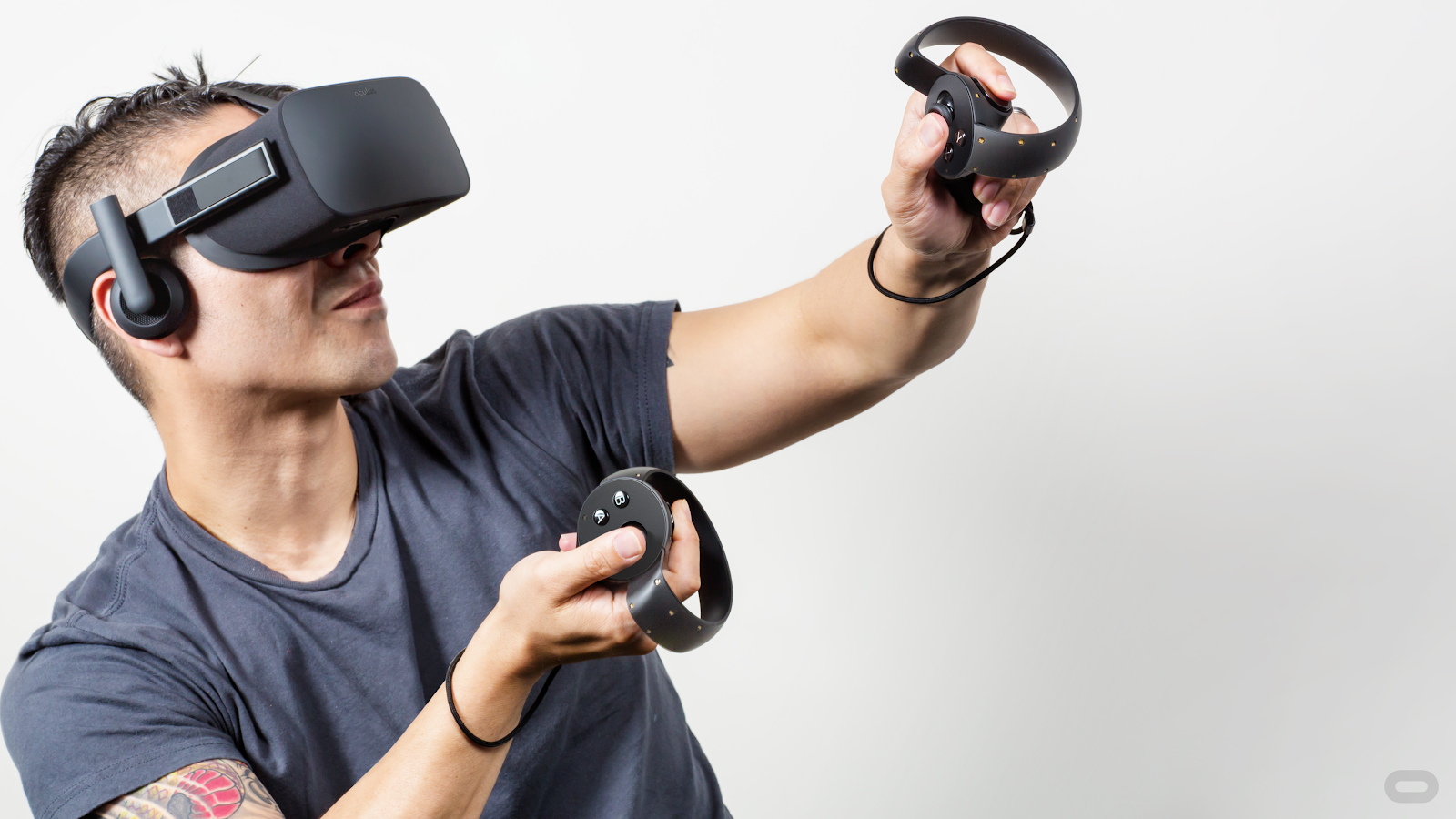
Stage two is when haptic body suits and omnidirectional treadmills or shoes allow for your entire body to feel and move around a virtual space the way it would in the real world. These additions might get you 80% of the way there. All of these applications, while amazingly innovative today, are still crude approximations of real-life sense experiences.
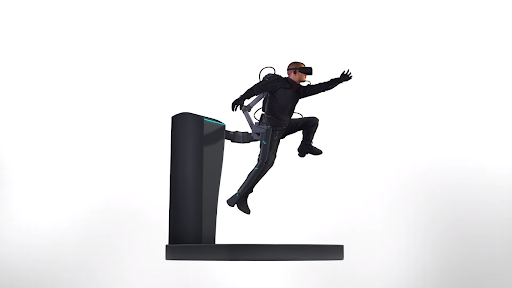
Stage three is called Advanced VR. We are believers that the future of VR will include neurohaptics. Neurotech, in the context of VR, is technology that can use signals from the brain to entirely replicate a virtual environment without any user interface acting as an intermediary.
To quote our Manifesto, “Our physical bodies are just shells with sense inputs that house our consciousness. If we can recreate sense experiences identical to the real thing, we won’t need to transport our bodies anywhere. Advanced VR will allow you to transport your consciousness, leaving your physical body in its current space, kind of like a hyper-realistic dream state…We believe neurohaptics will work in the future by sending signals directly to the brain, bypassing the physical inputs of sense (eyes, nose, hands, body, mouth, ears). Advanced neurohaptic VR will allow us to transport our consciousness anywhere we want by providing experiences in our brain identical to the real thing.”
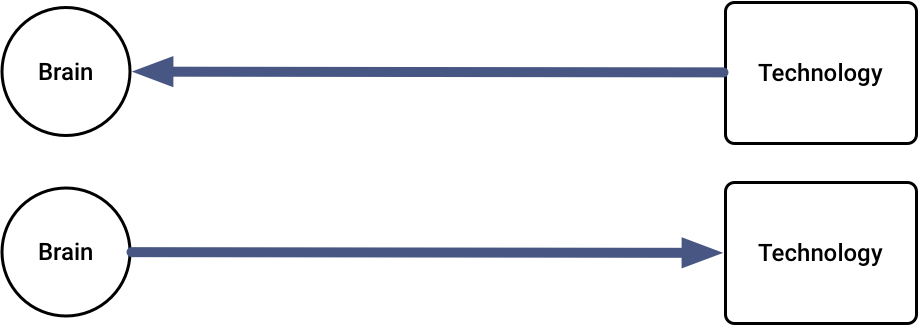
If you are interested in learning more about the future of neurotechnology, check out our five-part series on Consumer Neurotechnology.
Conclusion
History repeats itself. We think the next instance of this phenomenon will be when the Metaverse changes the world as we know in similar yet perhaps more profound ways than the internet has over the last few decades. Some really exciting times lie ahead for the future of virtual-reality-based technological advancements. We hope to play our part in bringing the Metaverse and all the incredible experiences that come with it to the world.
What’s Next
In Part III, we’ll discuss Metaverse economics and the role it will play in the future economy.
- Part I: Metaverse Overview & Tour
- Part II: Why the Metaverse Matters
- Part III: Metaverse Economics
- Part IV: Metaverse Challenges
Disclaimer: We actively write about the themes in which we invest or may invest: virtual reality, augmented reality, artificial intelligence, and robotics. From time to time, we may write about companies that are in our portfolio. As managers of the portfolio, we may earn carried interest, management fees or other compensation from such portfolio. Content on this site including opinions on specific themes in technology, market estimates, and estimates and commentary regarding publicly traded or private companies is not intended for use in making any investment decisions and provided solely for informational purposes. We hold no obligation to update any of our projections and the content on this site should not be relied upon. We express no warranties about any estimates or opinions we make.
